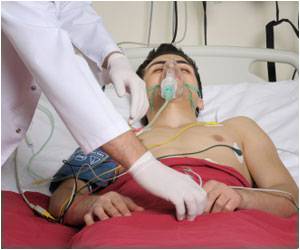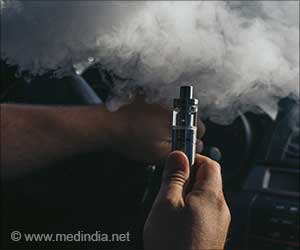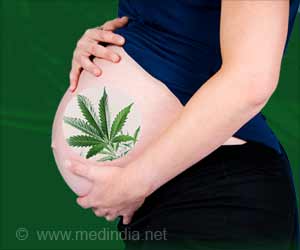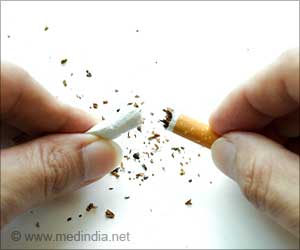There has been an increase in the probability of having a prescription opioid use disorder among 18- to 34-year-old nonmedical prescription opioid users.
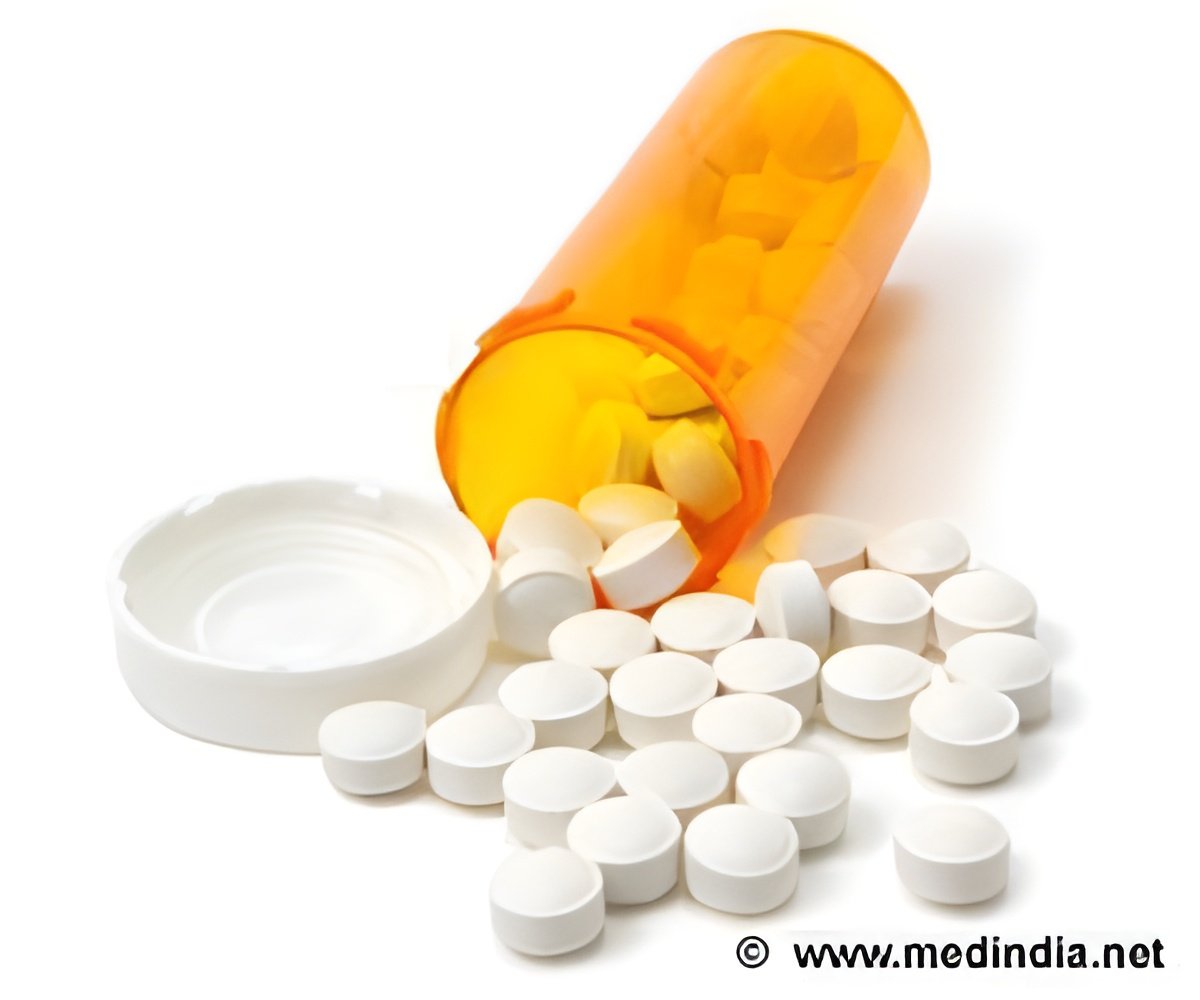
Emerging adults had a 37% increase in the odds of having the disorder, and young adults doubled their odds from 11% to 24%. Among adolescents, the prevalence of prescription opioid use disorder remained relatively stable during the same period. Data originated from the 2002 to 2014 National Survey on Drug Use and Health.
The researchers also found a four-fold and nine-fold increase over time in the odds of heroin use among emerging adults and young adults who used opioids without a medical prescription, respectively. “We see an increasing trend from 2002 to 2014 among both groups,” noted first author Silvia Martins, associate professor of Epidemiology.
‘There has been an increase in the probability of having a prescription opioid use disorder among 18- to 34-year-old nonmedical prescription opioid users.’





The odds of past-year heroin use among emerging adults rose from 2% to 7%, and
from 2% to 12% among young adults. Nearly 80% of 12- to 21-year-olds who reported initiation of heroin use had previously started using prescription opioids between the ages of 13 and 18.“Given this and the high probability of nonmedical use among adolescents and young adults in general, the potential development of prescription opioid use disorder among youth and young adults represents an important and growing public health concern,” noted Dr. Martins.
Overall, however, the past-year prevalence of nonmedical prescription opioid use significantly decreased from 2002 to 2014 among adolescents (from 8% to 5%), and emerging adults ages (from 11% to 8%), and remained unchanged among young adults at 6%.
“Our analyses present the evidence to raise awareness and urgency to address these rising and problematic trends among young adults,” said Dr. Martins. “While increases in prescription opioid use disorder might be rooted in health policy, medical practice, pharmaceutical industry interests, and patient behavior, it is critical that the general public, particularly youth, are informed about the related harms and disorders that can occur when prescription opioids are used without regular medical supervision.”
Source-Newswise



